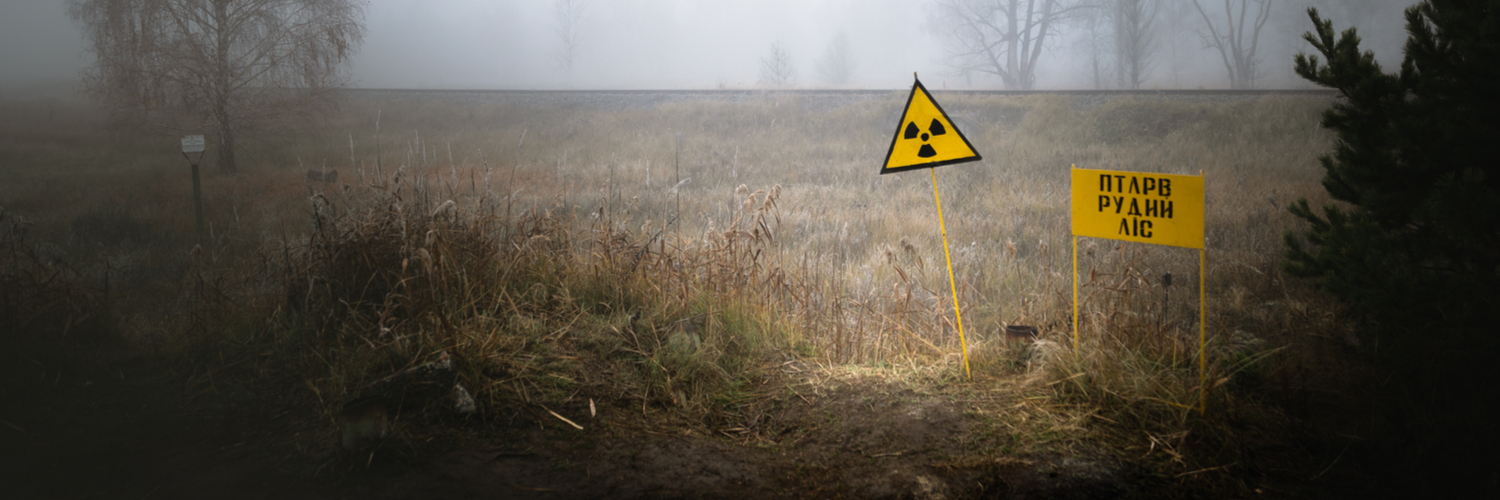As I mentioned in my previous blog*, the recent HBO “Chernobyl” miniseries highlighted the importance of recognizing scope change, stopping work and taking the necessary precautions to properly handle changed circumstances. Looking beyond the lessons learned from a change in the scope of the work, there were lessons learned leading up to the incident that could have changed the outcome.
Learning from Near Misses Before Tragedy Strikes
Since this was not the first attempt at performing the facility test (to ensure the backup generators could provide sufficient power and maintain cooling water circulation with loss of electrical power), the previous test(s) had failed or not achieved the expected results. Do you think there is value in understanding the systems that broke down on a near miss without having to endure the potential drastic consequences? Absolutely.
These tests could have been a great learning opportunity to those at the Chernobyl site, as well as other similar nuclear sites that were likely required to perform the same tests. Perhaps other plants had successfully completed the test or had a close call during the test. We don’t know, but effectively sharing the lessons associated with the tests may have reduced the significance of the consequences of this incident (or perhaps avoided it all together).
As lessons are extracted from near misses, it’s imperative the new information and understandings be shared. Reviewing and sharing lessons learned from previous incidents in the industry, globally or with others within your fleet or area is an invaluable way to understand and potentially mitigate future risk.
More Details in Incident Investigations Reveal More Solution Options
As incidents and near misses occur, they should be investigated to a defined level of detail based on the associated risk of similar events recurring and the severity of the incident’s consequences. A Cause Map™ diagram allows you to understand near misses and incidents to significant amount of detail in order to reveal sustainable solutions.
After the Chernobyl incident, several lessons were gleaned, resulting in implemented changes. For instance, design modifications were made to RBMK reactors, the control rods were modified to enhance neutron absorption, and U-235 was further enriched to achieve an increase in stability at lower power.
The emergency shut down system now responds faster, mitigating the likelihood of further power surge once initiated. Furthermore, agencies such as the Atomic Energy Agency (IAEA) are in place to assist in providing safety oversight for nuclear projects now. I imagine that some of these lessons learned from Chernobyl will continue to be influential to the nuclear industry for years to come.
It's not always easy to own up to our mistakes or problems, but knowledge is power. The more people are informed of potential issue(s), the more opportunities an organization has to identify and develop a risk mitigation strategy.
By investigating incidents and near misses to the necessary level of detail, work process opportunities can be revealed. Making changes to work process and enhancing daily operations (specifically, how work is performed) assists in understanding solutions that will be sustainable and effective. These simple techniques are often missed or overlooked, just like at Chernobyl, resulting in organizations being seemingly blindsided by significant problems.
*This is the second blog in a two-part series about lessons learned from the Chernobyl nuclear tragedy.










